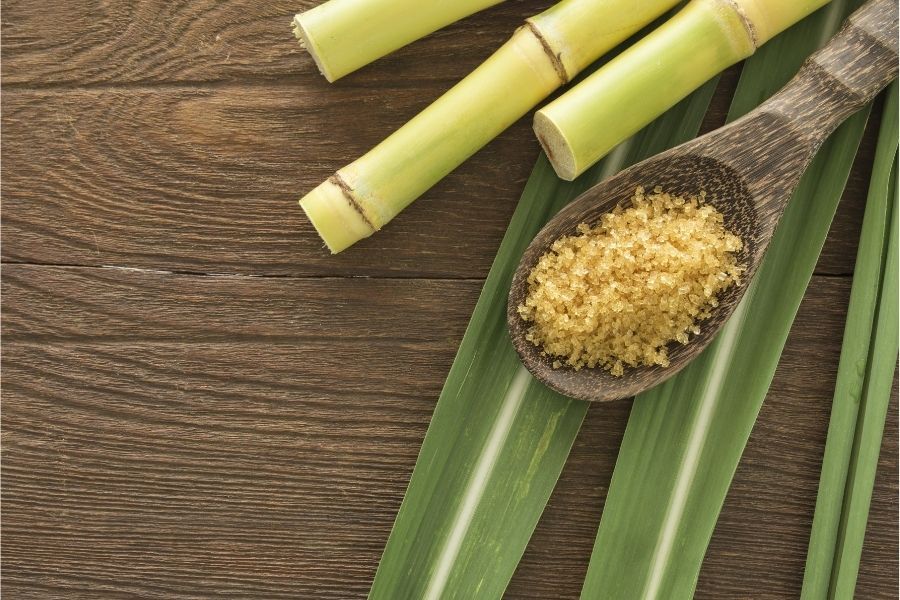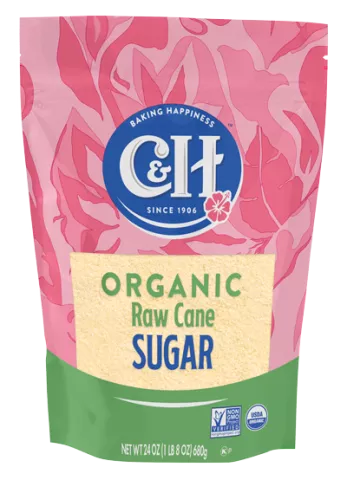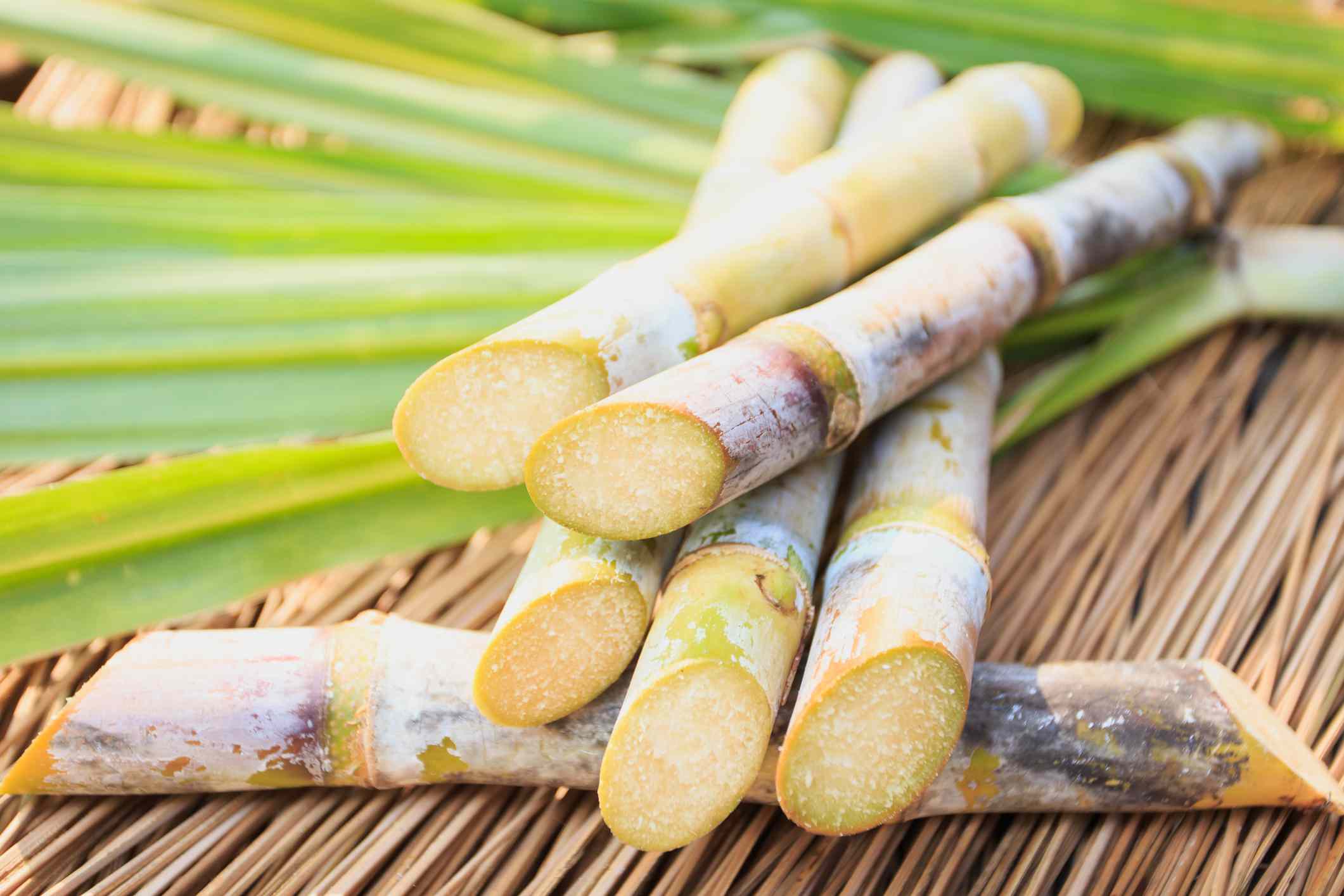Comprehending Cane Sugar Processing: A Comprehensive Summary of the Stages
Comprehending Cane Sugar Processing: A Comprehensive Summary of the Stages
Blog Article
Discovering the Comprehensive Tips Associated With Walking Stick Sugar Handling From Collecting to Refinement
The process of cane sugar production encompasses a series of elaborate steps, starting with the mindful harvesting of sugarcane and finishing in the refinement stages that guarantee the last product satisfies sector criteria. Each stage, from the removal of juice to the filtration and formation procedures, plays an essential role in identifying the quality and personality of the sugar. Comprehending these phases not only highlights the complexity of sugar production however likewise raises important questions concerning efficiency, sustainability, and technology in the market. What ramifications do these elements have for future practices?
Gathering Sugarcane
Harvesting sugarcane is a critical action in the walking stick sugar handling chain, as it straight affects the top quality and return of the end product. Appropriate timing and strategies are crucial during this phase to make certain optimum sugar web content and minimize losses. Typically, sugarcane is gathered when it reaches maturation, usually 12 to 18 months after growing, characterized by a high sucrose concentration.

Post-harvest, the sugarcane has to be processed swiftly to avoid sucrose deterioration. Ideally, collected cane ought to be transferred to processing centers within 24 hr to preserve sugar quality. Consequently, efficient logistical planning is important to preserve the stability of the collected crop throughout the supply chain.
Extraction Refine

The smashed walking cane goes through a collection of pushing operations to make best use of juice healing. Commonly, warm water is splashed onto the smashed walking cane, producing a countercurrent flow that helps dissolve the sugar while additionally assisting in the extraction procedure. The juice collected from this procedure consists of not only sugar however additionally different organic compounds and contaminations.

To improve extraction efficiency, some centers might utilize diffusion approaches, where the sugarcane is taken in warm water, permitting the soluble sugars to diffuse into the liquid. The resulting juice, rich in sucrose, is after that directed to succeeding handling stages, laying the foundation for filtration and refinement. The extraction procedure is hence pivotal in establishing the top quality and return of the final sugar product.
Filtration Techniques
The filtration techniques utilized in walking cane sugar handling are essential for changing the raw juice right into a premium sugar product. These approaches mostly aim to eliminate pollutants, such as soil, plant materials, and inorganic compounds, which can negatively impact the final product's taste and shade.
One of one of the most typical purification techniques is clarification. This process includes adding lime and heat to the raw juice, which assists in the coagulation of pollutants. The resulting precipitate is after that eliminated via sedimentation or filtration, yielding a clearer juice. In addition, the usage of phosphoric acid can improve the information process by more binding impurities.
Another substantial method is carbonatation, where carbon dioxide is presented to the clarified juice. This response produces calcium carbonate, which records remaining pollutants and promotes their removal.
Moreover, triggered carbon therapy may be related to adsorb any kind of staying colorants and natural contaminations, making sure a much more polished item. The mix of these techniques effectively prepares the sugar juice for subsequent actions in the refining process, establishing the stage for the production of high-grade walking stick sugar.
Crystallization Methods
After the purification stage, the next vital step in walking cane sugar handling includes crystallization approaches, which play a crucial duty in changing the clarified juice into solid sugar. This procedure usually uses 2 primary approaches: spontaneous formation and controlled condensation.
In spontaneous crystallization, supersaturated sugar options are enabled to cool naturally, leading to the development of sugar crystals gradually. This method is easier but may lead to irregular crystal sizes and reduced pureness degrees. On the other hand, regulated crystallization is an extra specific technique where temperature level, seeding, and focus agents are meticulously handled. This technique permits the consistent growth of sugar crystals and higher purity.
Throughout crystallization, the made clear juice is concentrated via dissipation, increasing its sugar material until it gets to navigate to this site supersaturation. Once this point is accomplished, either method can help with the crystallization process. Cane Sugar Processing. The resultant sugar crystals are then divided from the staying syrup via centrifugation
Ultimately, the selection of formation approach impacts the high quality, dimension, and pureness of the final sugar item, making this action vital in the general walking stick sugar handling treatment.
Refinement and Product Packaging
How can the purity and high quality of walking cane sugar be further enhanced after crystallization? The refinement process plays an essential role in accomplishing top quality walking stick sugar. Following condensation, sugar undergoes a complete washing to get rid of pollutants and recurring molasses. This is usually achieved making use of cozy water or steam, which helps dissolve and draw out undesirable elements while maintaining the sugar crystals.
Following, the sugar undergoes a procedure called centrifugation, where it is rotated at broadband to separate the cleansed sugar crystals from the continuing to be liquid. After centrifugation, the sugar is commonly further refined via an approach called carbonization or phosphatation, which makes use of triggered carbon or phosphoric acid to eliminate shade and off-flavors.
Once refined, the sugar is dried to attain the desired wetness content, guaranteeing that it remains secure during storage space and transport. The final action entails product packaging the polished sugar in impermeable and moisture-proof containers to keep its high quality and prevent contamination. Cane Sugar Processing. Correct packaging not just prolongs service life however likewise assists in simple handling and circulation, ensuring that why not find out more consumers obtain sugar that satisfies the greatest criteria of pureness and top quality
Final Thought
The thorough actions involved in cane sugar processing, from the careful harvesting of sugarcane to the detailed improvement and product packaging stages, underscore the relevance of each phase in making sure top quality sugar manufacturing. Optimum harvesting strategies, reliable extraction techniques, and strenuous filtration processes collectively add to the end product's pureness and security. The crystallization and succeeding packaging techniques further improve the integrity and shelf life of the sugar, highlighting the complexity and accuracy intrinsic in this crucial farming sector.
The process of walking stick sugar production encompasses a collection of intricate steps, starting with the careful harvesting of sugarcane and finishing in the improvement try this web-site phases that ensure the final item meets market standards. Preferably, harvested walking cane should be transferred to processing facilities within 24 hours to preserve sugar top quality.In spontaneous crystallization, supersaturated sugar solutions are enabled to cool down normally, leading to the formation of sugar crystals over time - Cane Sugar Processing. The refinement process plays a critical role in achieving high-grade walking cane sugar.The detailed steps involved in walking cane sugar handling, from the precise harvesting of sugarcane to the intricate refinement and packaging stages, emphasize the relevance of each stage in guaranteeing premium sugar production
Report this page